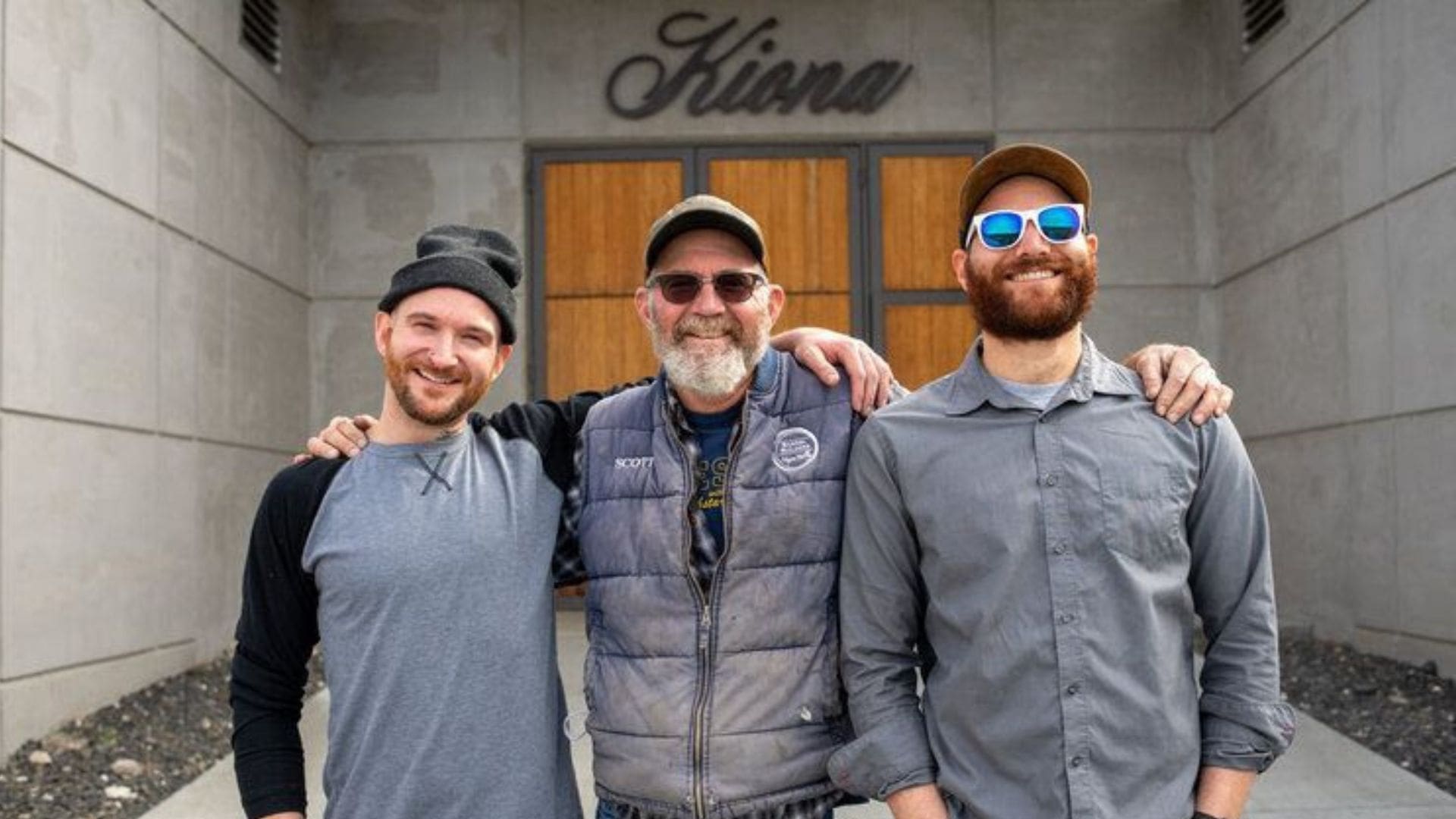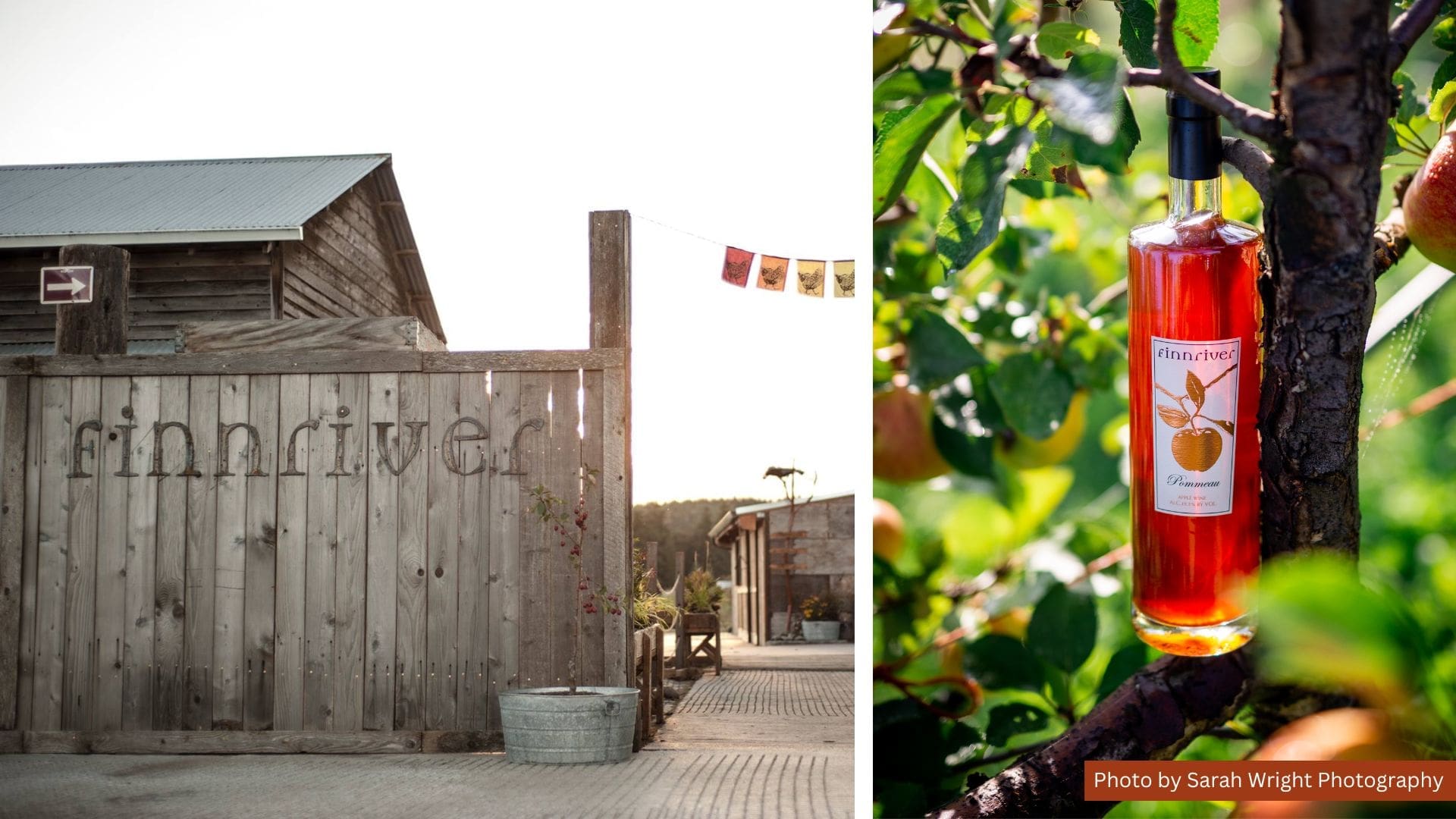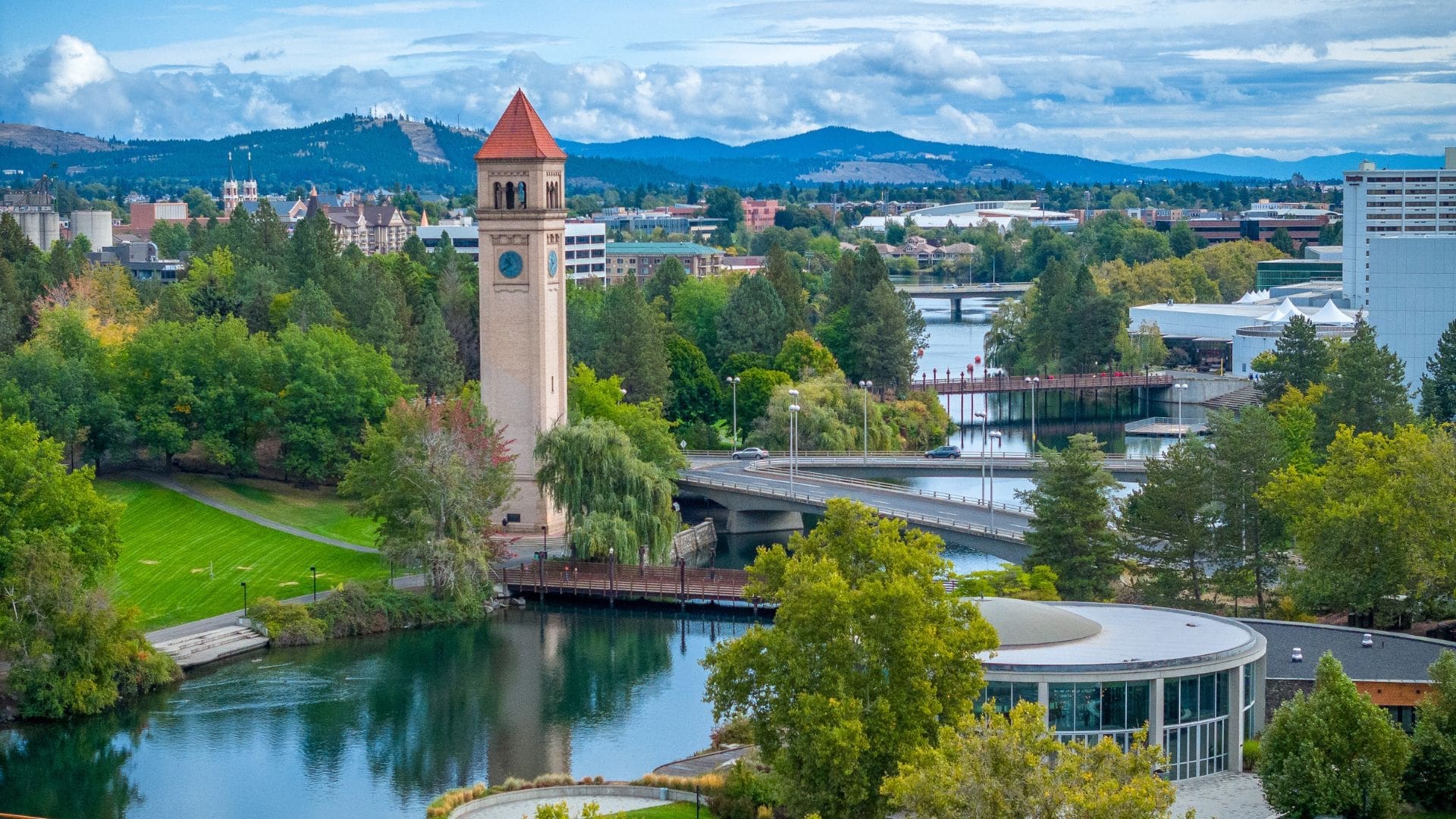Washington’s premium wine production spans over an estimated 50,000 acres and 14 American Viticultural Areas (AVAs). The upper-most corner of the United States maintains diverse and optimal growing conditions, though most wine grapes grow in the rain shadow of arid, Eastern Washington. Get to know these six hidden gems for Washington Wine Month.
Ancient Lakes | The Ancient Lakes region is newer to the state, only becoming an official AVA in 2012. The area experiences an arid, yet slightly cooler climate — common qualities for being nestled in the northern Columbia Valley of Central Washington. The Columbia River contours its western border, protecting the region from early and late season frosts. You can expect over 20 varietals growing within the area. The Riesling and Chardonnay — the most common cultivar of this AVA – find Ancient Lake’s climate and soil pertinent to their growth.
Producers to Try: Cave B Estate Winery, Jones of Washington
Columbia Gorge | The Columbia Gorge rests in the division of both Washington and Oregon and hosts several microclimates: a more maritime climate in the west, and a high desert climate in the east. This climate echos into its wide-ranging annual rainfall of 10 to 36 inches. Though growers can produce a multitude of varietals in the dramatic climate of the Gorge, white grapes dominate the AVA. The Gorge boasts many crisp and acidic white varieties like Pinot Gris and Chardonnay. From red soil to grey volcanic basalt, the AVA’s soil variety is reflective of its climate diversity.
Producers: Aniche Cellars, Syncline Winery
Naches Heights | The Naches Heights AVA thrives northwest of the city of Yakima, above the Missoula Floods at an elevation ranging from 1,200 to 2,100 feet. The newer sub-appellation of the Columbia Valley was officially recognized in 2011. Naches Heights is the smallest Washington AVA at less than 40 planted acres, but it is no less significant in its own right. In fact, Naches Heights is one of the only fully sustainable AVAs in the state. And unlike most Washington grape growing regions, Naches’ soil, volcanic loess, is entirely windblown, containing a considerable amount of water retainable clay. Cultivars like Riesling and Syrah flourish in its cooler, arid climate.
Producers: Wilridge Winery, Naches Heights Vineyard
Puget Sound | Washington State’s only growing region west of the Cascades encompasses the entire length of the Washington State, yet has less than 200 acres of vinifera planted in its entirety. The Puget Sound appellation claims a temperate, maritime climate with suitable precipitation that is somewhat reflective of Oregon’s Willamette Valley. This allows the AVA to grow varietals seen seldom in the state, like Madeleine Angevine, Siegerebbe and Muller-Thurgau. Pinot Noir, Pinot Gris and Riesling are also heavily planted. With over 45 wineries in the region sourcing grapes from all over Washington state, there is much reason to make Puget Sound the next visit.
Producers: Vashon Winery, Hoodsport Winery
Snipes Mountain | Snipes Mountain — Washington’s second smallest AVA — is named after Ben Snipes, a Yakima pioneer that settled his cattle operation on the mountain itself. Snipes Mountain is characterized by steep slopes planted with over 800 acres of commercial grapes in its windblown deposits and aridisols. Aridisols contain little organic matter, but increase the fruit’s concentration. These slopes also protect the cultivars from frost damage, as cold air naturally flows downhill from the vineyards. Though Snipes Mountain appellation status is recent, it’s history is not. The state’s second oldest source of Cabernet Sauvignon resides on Snipes, producing grapes since the 1960s.
Producers: Newhouse Family Vineyards
Wahluke Slope | Wahluke Slope — a Native American term meaning “watering place” — settles in the Columbia Basin with over 8,000 acres of planted vineyards, totaling to nearly 15 percent of the wine grape acreage in the state. This AVA is also one of Washington’s warmest appellations, producing favored varietals like Merlot, Cabernet Sauvignon and Syrah. The 81,000-acre plot is nearly uniform in arid climate and soil, allowing farmers to control irrigation and yield highly efficient crops.
Producers: Gingko Forest Winery, Wahluke Wine Company





